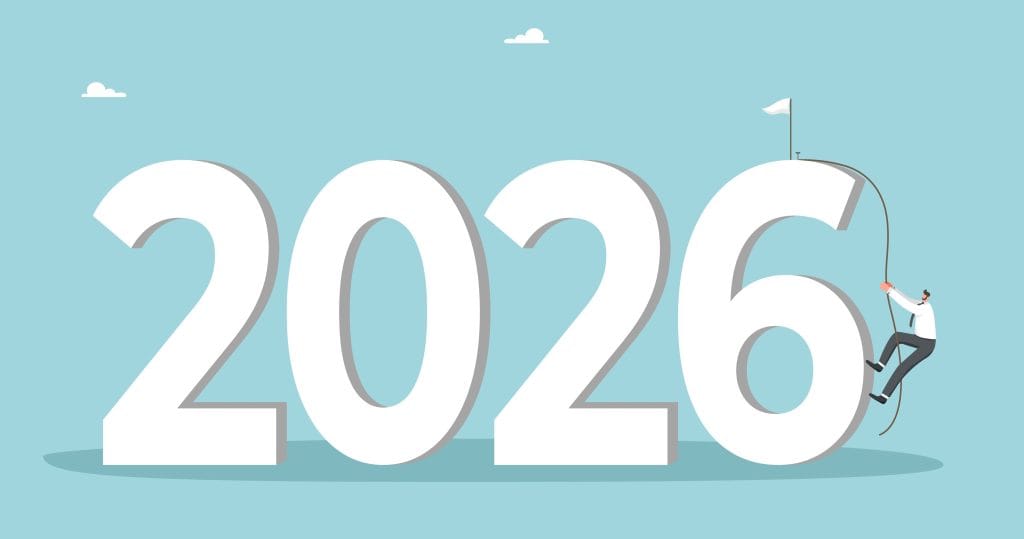Last updated on November 28th, 2025 at 07:07 pm
How We Make This Policy a Reality
 Note: This week’s blog post comes from special guest Ken Cirka, DMD. An MGE client Power Program Graduate, Dr. Cirka turned his small $200,000 a year Philadelphia office into a powerhouse $3 Million a year dental practice with an average of 125 new patients each month! Through diligent implementation, Dr. Cirka has been able to build an extremely efficient and well-organized office, allowing him to delegate most of his duties so he can place his focus on doing the procedures he loves while only working 4-6 days per month in the office.
Note: This week’s blog post comes from special guest Ken Cirka, DMD. An MGE client Power Program Graduate, Dr. Cirka turned his small $200,000 a year Philadelphia office into a powerhouse $3 Million a year dental practice with an average of 125 new patients each month! Through diligent implementation, Dr. Cirka has been able to build an extremely efficient and well-organized office, allowing him to delegate most of his duties so he can place his focus on doing the procedures he loves while only working 4-6 days per month in the office.
I’ve never liked waiting. For that matter, I like it when things move FAST. It’s the way I am, for better or for worse. So, early in my career, it really bothered me to see dental patients waiting long amounts of time for their appointments—sometimes as much as an hour and a half or two hours.
 When I opened my own practice, I made a firm policy that no patient ever waits longer than 10 minutes. I wanted a “wait-free” practice. At the time, I knew it was a good idea and it fit into how I wanted things run. What I didn’t realize then was how much impact this decision would have on the future success of my practice. For the last fifteen years, we’ve operated by firmly sticking to a “wait-free” policy and it has done wonders for our office.
When I opened my own practice, I made a firm policy that no patient ever waits longer than 10 minutes. I wanted a “wait-free” practice. At the time, I knew it was a good idea and it fit into how I wanted things run. What I didn’t realize then was how much impact this decision would have on the future success of my practice. For the last fifteen years, we’ve operated by firmly sticking to a “wait-free” policy and it has done wonders for our office.
 As time has progressed, I’ve realized that this “no waiting” concept has become more ingrained in our society as a whole. People expect things ASAP and are willing to complain if they don’t receive them in a timely manner. These complaints are not just directed at the person in front of them but are expressed on larger platforms such as social media and review sites. This makes waiting times much more than just a customer service issue. The reality that long wait times can show up as negative comments or reviews on Google, Yelp, Facebook, and other websites and social media platforms points to the fact that reducing wait times is a great way to market your practice.
As time has progressed, I’ve realized that this “no waiting” concept has become more ingrained in our society as a whole. People expect things ASAP and are willing to complain if they don’t receive them in a timely manner. These complaints are not just directed at the person in front of them but are expressed on larger platforms such as social media and review sites. This makes waiting times much more than just a customer service issue. The reality that long wait times can show up as negative comments or reviews on Google, Yelp, Facebook, and other websites and social media platforms points to the fact that reducing wait times is a great way to market your practice.
Of course, having a “ten-minute rule” is easier said than done. It’s taken definite effort and a lot of hard work from my entire team to ensure that it stays in. While there has been the occasional slip-up from time to time, by and large, our patients don’t wait. We rarely miss that 10-minute mark.
With that in mind, here are four things we do to keep from missing our 10-minute target:
 In our morning huddle, we:
In our morning huddle, we:- Identify where any emergency patients will be put in and who will see them.
- Review any special needs of patients coming in that day (e.g., fearful patients, “talkers” who eat up too much time chatting if not directed well, etc.).
- If a patient is more than 20 minutes late for their cleaning visit, we will (at times) do the exam and x-rays and then reschedule their cleaning.
This way we are still providing them with service, but not breaking the agreement we made with our next patient. We tell the patient we want to make sure that we provide them with the best care possible and need more time to complete the procedure properly.
 We make it a team effort.
We make it a team effort.Everyone on staff is aware of the entire schedule, not just their own operatory, and will do what is needed at the moment to help out. For example, if a hygienist is running behind schedule, the dentist and dental assistant will see the patient before the cleaning for an exam and take the x-rays for the hygienist. If an assistant is available, they will stand by the hygienist’s operatory ready to clean the room between patients to move things along. Another example of this teamwork is that if a doctor is doing an initial consult and realizes he or she needs more time, the doctor immediately lets the scheduler know how much more time is needed so that things can be coordinated. The scheduler and production executive play a huge part in this policy and even make it a game!
 The hygienist has sticky notes with “5,” “10” and “15” written on them at all times.
The hygienist has sticky notes with “5,” “10” and “15” written on them at all times.If he or she thinks they’ll be running late with the patient in their chair, they put the appropriate sticky note where the next patient’s chart is to be placed. As soon as the receptionist delivers the next chart, he or she sees the note and handles the situation by alerting the Production Executive (the employee in my practice who is in charge of production and the schedule). This team member will then issue the order to tell the next patient it may be a few minutes, coordinate the cleaning and turnover of the room by assigning it, and get the X-rays taken if needed in an operatory that is free.
I know that this will help! Focusing on these four actions will show your team how important and essential it is to run on time in your practice. It has worked out great for us and our patients truly appreciate it.
Implementing an effective scheduling system and organizational structure from the MGE Power Program was essential to making this all work smoothly. This is what allowed me to grow so much while staying efficient and cutting back my personal work hours. I highly recommend that you schedule a free consultation with MGE so that a) they can do an evaluation of your practice and help you improve your schedule, and b) you can learn more about MGE and see if they are a good fit for you.

 In our morning huddle, we:
In our morning huddle, we: We make it a team effort.
We make it a team effort. The hygienist has sticky notes with “5,” “10” and “15” written on them at all times.
The hygienist has sticky notes with “5,” “10” and “15” written on them at all times.

No Comments
Be the first to start a conversation